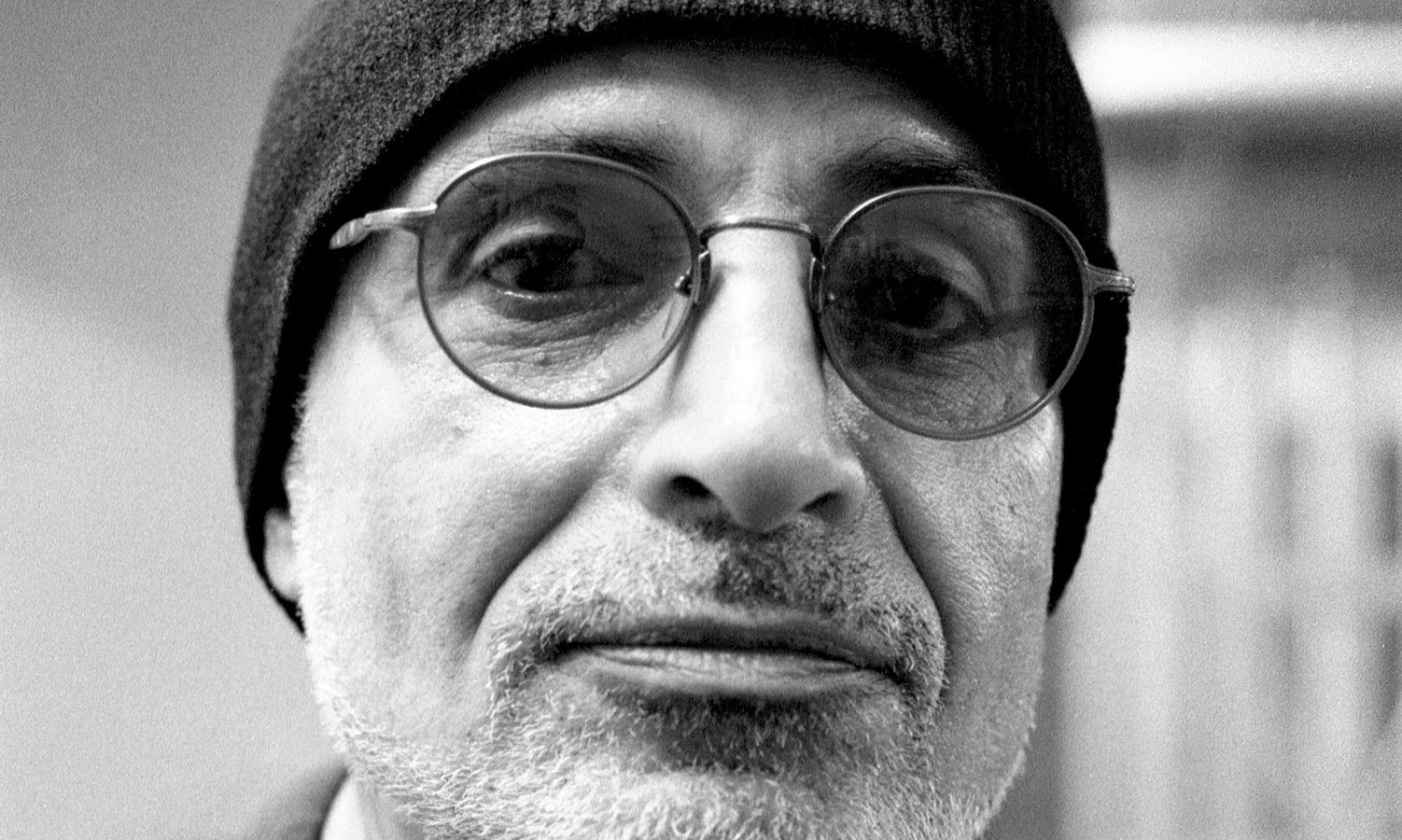Paul Motian (1931 – 2011)
Armenian-American inspirer
courtesy of Henning Bolte
Paul Motian was an American drummer with Armenian ancestry who died 2011.
In jazz, Paul Motian’s influential role as a player and bandleader has been acknowledged, but as a composer he has been underestimated. His works were only marginally performed by musicians, with this changing recently. Branford Marsalis was one of the first to perform pieces by Paul Motian without the drummer himself playing (CD: Requiem, 2007, title Trieste by Paul Motian).
His compositions are well known, but not easily picked up by musicians. Motian’s pieces exude a deep-rooted tranquility and magic. Further research shows that his works appear to share important characteristics with Armenian melodies. Whether he heard these melodies as early as his younger years, and later rediscovered them, or whether he had this music in his memory and subconsciously recreated it must remain open. Armenian listeners, for example, indicate that familiar Armenian melodies are recognizable in the pieces ‘Mode IV’ and ‘Etudes’. Apparently Paul Motian had stored characteristics of this music in his deep memory so that they shone through during his creative process in such a way that listeners familiar with the sources can immediately make a connection.
Stevko Busch: “I am interested in how the diversity of the music performed will work in this production as a whole. I want to convey that there is a multiplicity and versatility – not some more important than others, but rather to be seen as facets and “Spielarten” of the ‘One World Music’. There are delineated musical cultures to be identified, but they are always fluid and flexible and subject to a constant process.”
Musical Memory
In every creative process one draws on sources that have been nurtured by the past, as well as that one refers to these sources during every listening process. This can happen both consciously and unconsciously. Completely new musical ideas are unlikely to exist. What can exist is a – at the moment of creation or listening – for the observer completely new combination of musical ingredients (tonal material, instruments, voices, playing place, listening attitude respectively function of the music). Whether someone hears something new or something familiar depends to a large extent on his (individual) musical memory, and in the case of the composer or improviser on his curiosity for unknown combinations, or on the contrary the need to reproduce the familiar, with or without small individual variations and refinements.
Thesis: We experience a musical performance as good, pleasant, stimulating, successful when both familiar and new combinations of ingredients are part of the music.
Different layers of musical memory
- The musical memory of a cultural group, expressed through a tradition (ethnic music, classical, jazz or pop tradition).
- The musical memory of the creative composer, which expresses itself through a process of processing traditions – be it a processing into something ‘new’, or within the familiar rules.
- The memory of the improviser, who uses his musical memories on the spot based on sketches and key ideas as a source for performance, inspired by fellow musicians.
- The memory of the sampling computer that a) uses what was previously put on its hard drive and b) processes material previously played on the same concert night.
- Finally, the musical memory of the listener, where the sounds reflect and resonate to varying degrees.
The mentioned enumeration is the link to the associative title of the program: InnerTimeSpaces. All these aspects and “timeframes” are addressed in this production.


